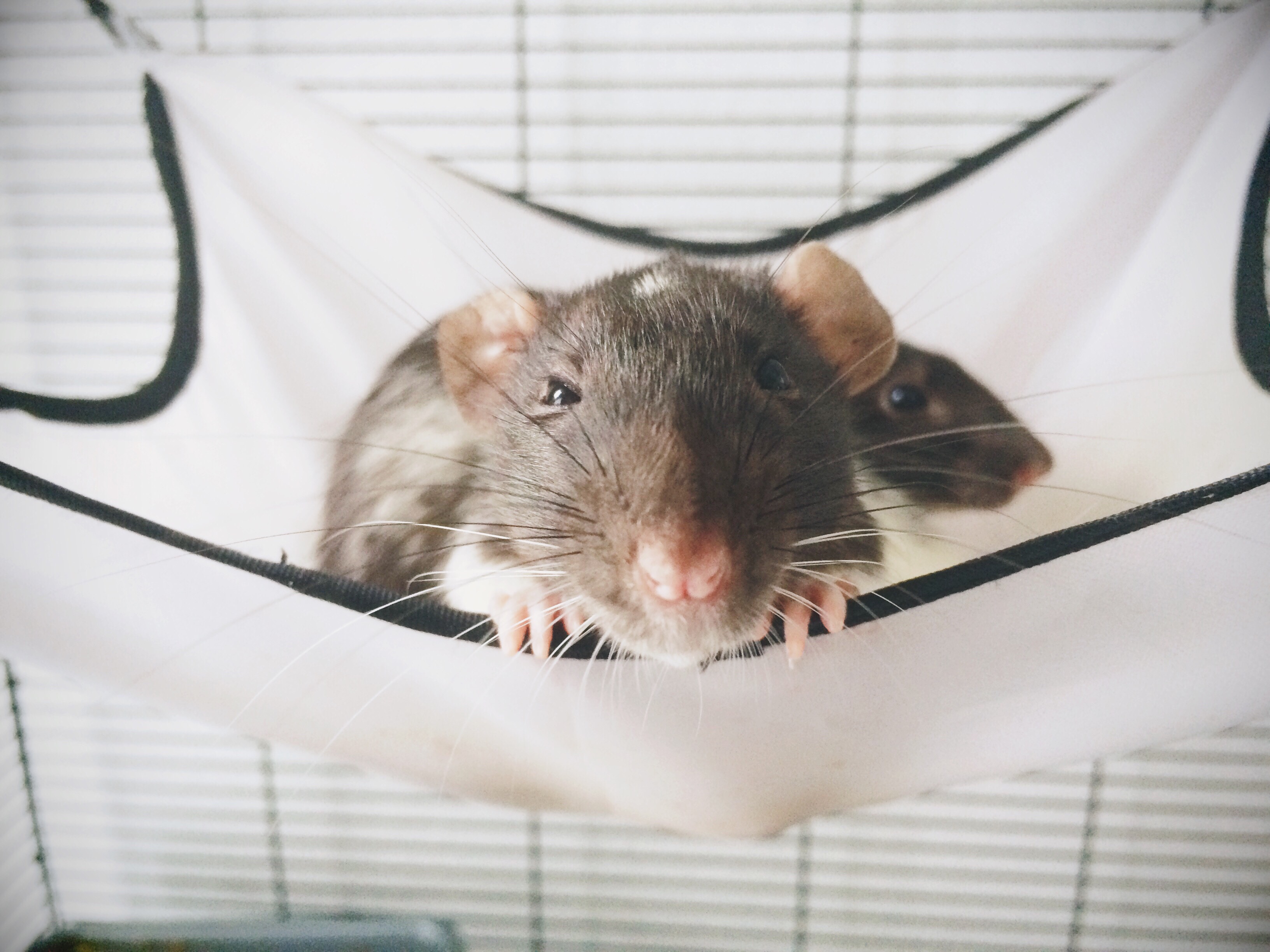Prepping Your Restaurant for a Busy Rodent Season
4 Min Read By Bobbie Orr
It's no surprise that as temperatures drop, restaurants often face increased rodent pressure as mice and rats look to find shelter for the winter. But this winter, pest management experts anticipate that there may be even greater rodent activity than usual. To protect your restaurant from mice and rat intrusions this season, now is the time to take action.
From coast to coast across the U.S. over the last several years, rodent activity year-round has been on a steady uptick. In fact, in an analysis of 2017 and 2018 services conducted in restaurants, Rentokil Steritech found that rodents are the primary pest issue for restaurants in every month of the year. The number of services conducted for rodents outpace filth flies, the second most frequent pest, by 47 percent. Although science hasn't been able to pinpoint why rodent activity is increasing year-round, there are a few factors believed to be contributing.
- A booming economy has led to considerable land development and construction, pushing rodents further into populated areas.
- Warmer overall winters have reduced the amount of natural seasonal population loss that typically happens with extended periods of cold weather.
While a restaurant operator may not be able to control these two things, what they can control is their approach to structure, sanitation, and storage factors that can attract mice and rats to a structure or make it easy for them to get inside.
Hot Spots for Rodent Activity
Restaurants can have rodent problems in any area, but there are a few primary "hot spots" where rodents are a continual challenge for many restaurants.
- Receiving areas
- Storage rooms
- Drop ceilings
- Kitchens
- Booth seating
- Spaces above and behind walk-in coolers
- Dumpsters

What Restaurants Often Fail to do to Prevent Rodent Infestation
When it comes to securing a restaurant against rodents, every employee plays a role. However, a busy restaurant environment can also mean that tasks and sanitation can get overlooked or forgotten, leading to rodent issues. Here are the top 8 things that restaurants fail to do to keep rodents out.
- Inspect deliveries. Rodents can often get "delivered" to a restaurant in incoming supplies if there is a rodent problem at the supplier level. Bread deliveries, in particular, can be prone to rodent activity. To prevent this from happening, inspect incoming supplies carefully before they are brought into the restaurant for signs of rodent infestation – droppings, gnawed boxes or bags, or even live or dead rodents on the delivery truck.
- Close doors. Kitchen doors often get propped open, whether it be to cool a kitchen down or because employees are outside taking a break. Rodents often get in, unnoticed, when this happens. If a door remains open frequently, consider installing a screen door.
- Install door sweeps. Door sweeps are one of the easiest ways to keep rodents out of a restaurant by preventing them from sneaking in under doors that don't seal flush to the ground.
- Clean under kitchen equipment. Kitchen equipment is often fixed or hard to move, so food and other items that fall to the ground or get kicked underneath in the daily restaurant bustle can be easily forgotten. These make perfect food sources for rodents.
- Practice proper storage. Boxes, bags, and other items stacked directly on the floor make for great rodent harborage and food sources, and can make it difficult to spot a problem. Keep all storage on racks, at least six inches off of the floor. Ensure there is also clearance from walls. Clean up spills or other debris under racks regularly. Finally, practice first in, first out rotation to ensure that the oldest product is used first. Not only do these steps help reduce the likelihood that rodents can infest products or the storage area unnoticed, it makes for easy pest inspection.
- Seal openings and gaps around electrical, pipe, cable, soda and water line penetrations and ductwork.Holes drilled to run wiring or fit pipes are larger than the item running through them. Those small gaps give rodents a prime opportunity to sneak through walls and ceilings to get into your restaurant. Drop ceilings are an often forgotten area where rodent pests often take up residence and run freely. Especially if you share walls with another business, it's important to make sure that any gaps or holes are sealed with rodent-proofing materials. Seal or screen around anything that penetrates the drop ceiling. If you have ductwork that runs from the ceiling into the restaurant, be sure the top and bottom of the ducting is screened to prevent rodents from having an easy, unobstructed pathway into your restaurant.
- Inspect, open, and clean underneath booths regularly. Think about it – when was the last time you cleaned the booths in your dining room at more than a surface level? The hollowed-out space under a booth is a perfect nesting place for mice, often providing an easy food source as crumbs and food fall through cracks. Inspect the exterior of booths regularly for holes or other damage. Then, open the booths and clean out any food debris.
- Manage trash areas or enclosures. Dumpsters, compactors, and trash enclosures can get pretty messy, but because they are "out of sight, out of mind," they often don't get addressed. Be sure that all trash going into dumpsters or compactors is bagged and that bags are tightly sealed. Dumpsters should have well-fitting lids that remained closed when not in use. Trash enclosures should also not be cluttered with junk or old equipment, which can provide a perfect rodent harborage.
- Manage vegetation. Exterior vegetation, trees, and shrubbery can provide cover and harborage for rodents, often very close to the structure. Rats can easily scale trees and use them as highways to get onto the roof of a structure, where they can make their way inside through gaps and holes. Keep trees trimmed back away from rooftops, create an 18-inch "vegetation free" zone between your building and any exterior landscaping, and have weeds and other vegetation removed along fencelines.
Rodent Proof Your Restaurant
Restaurants are busy, but no restaurant can afford to ease up on rodent prevention measures. A rodent infestation can contaminate food and surfaces, impact employee morale, lead to customer loss, and result in health department closure and negative media coverage. They can also be costly to eliminate.
This downloadable checklist can help you keep your restaurant rodent-proof, with a complete list of daily, weekly, monthly, and periodic tasks.
Prepare Now
With fall already here and winter soon knocking on the door, now is the time to get your staff and your restaurant ready. Use this October 20 – 26, Rodent Awareness Week, to educate your staff about what they can do to help prevent rodent activity in your restaurant.


